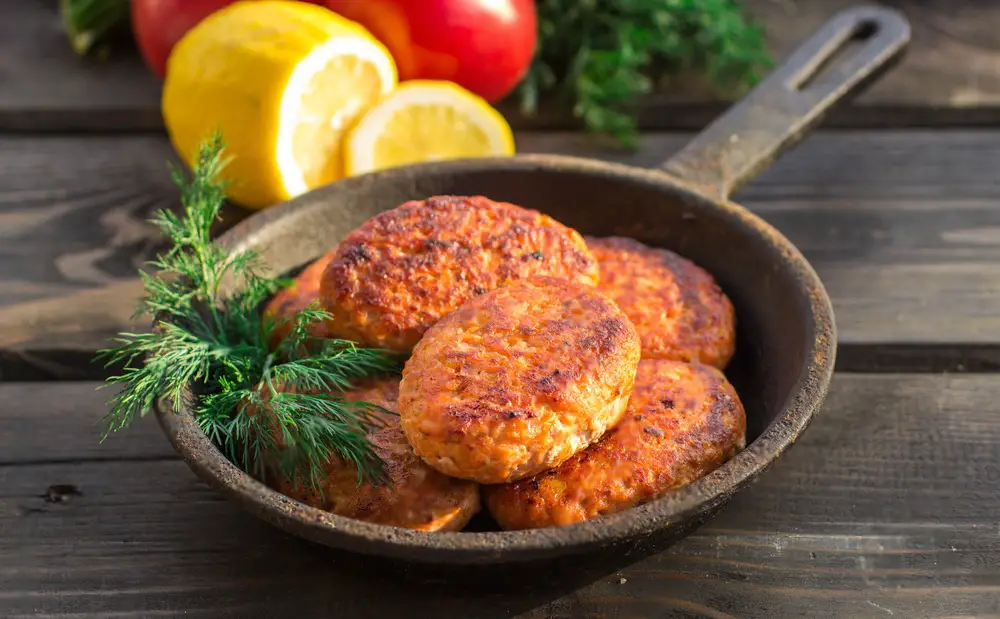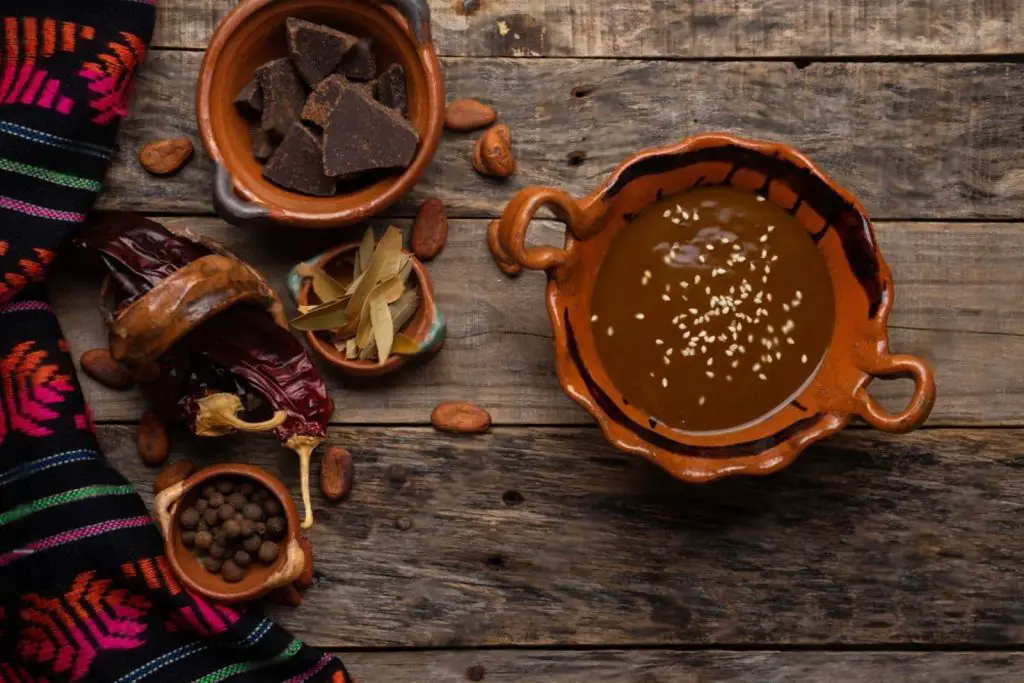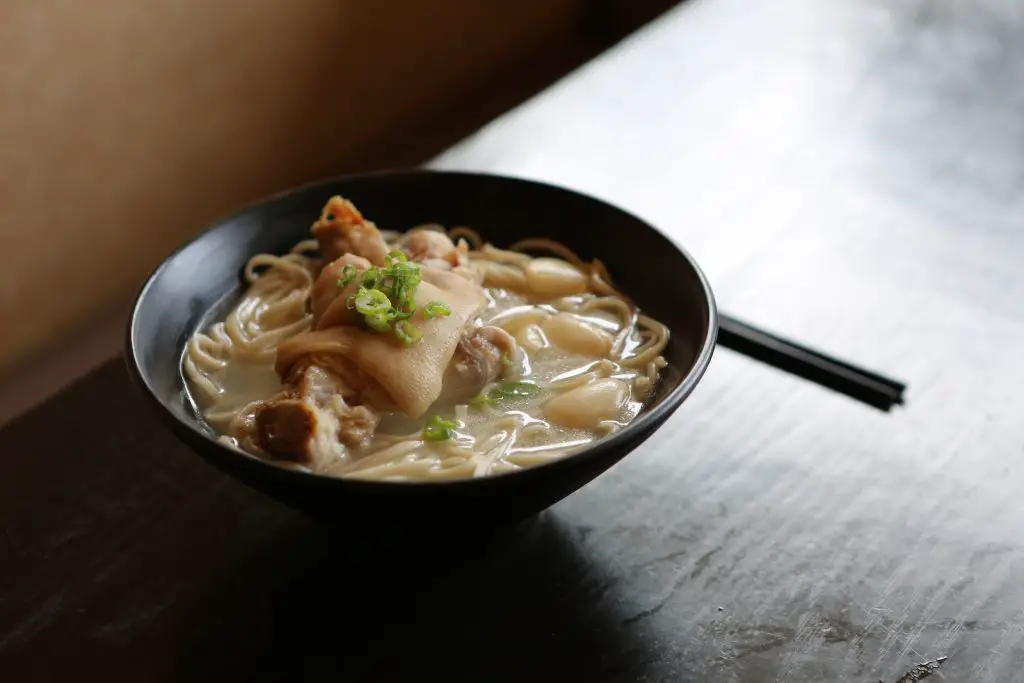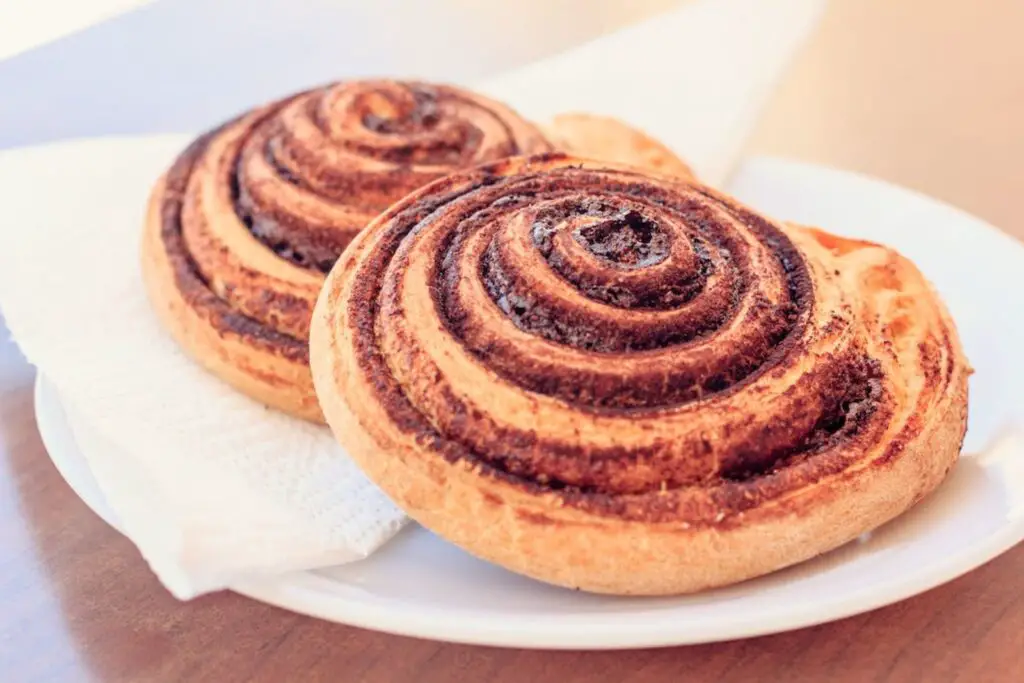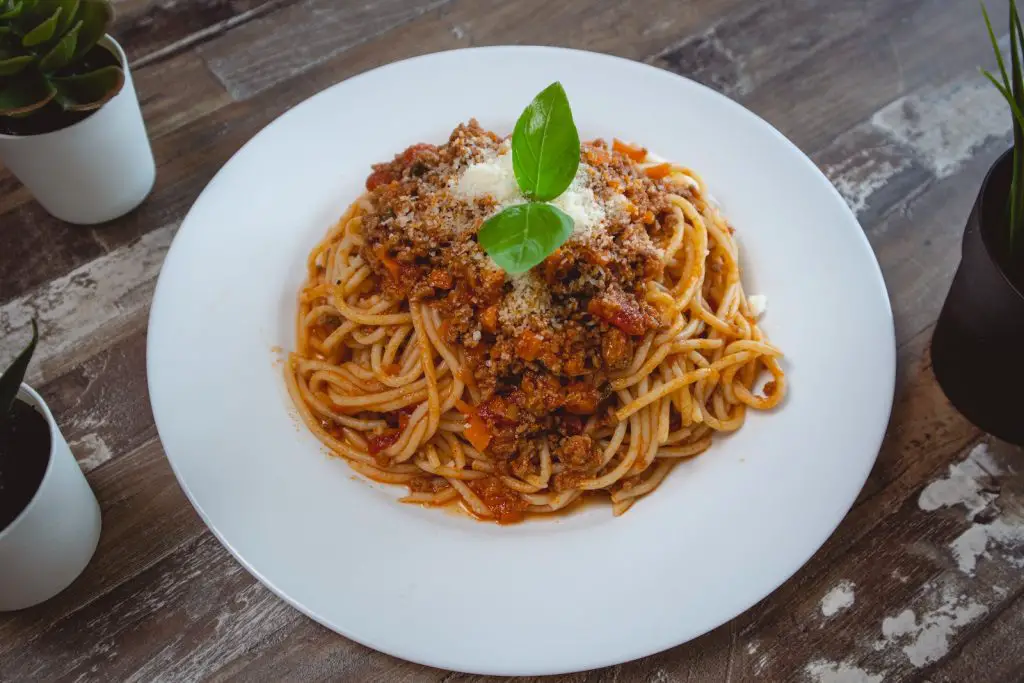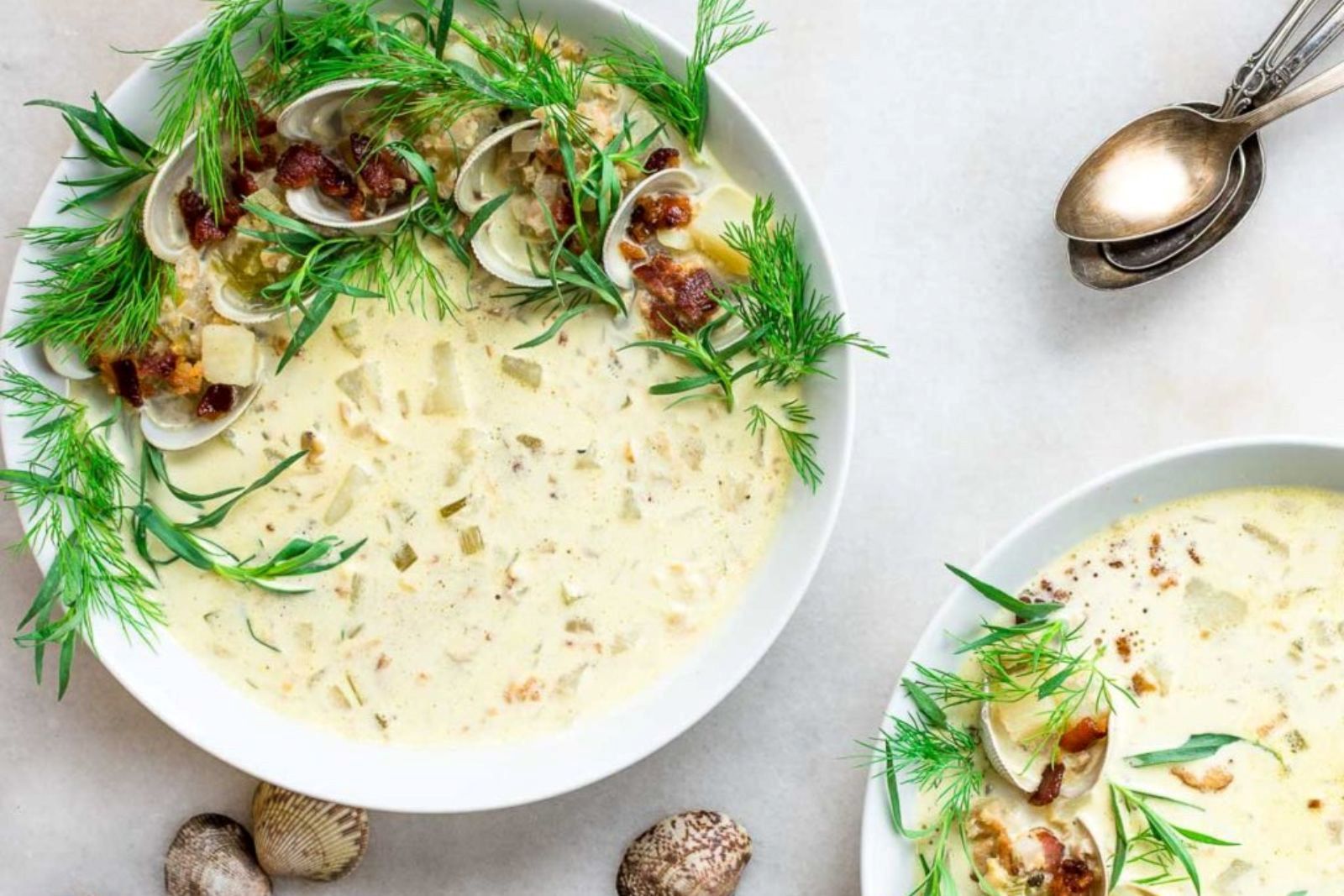
Clam chowder is a delicious and hearty soup made with clams, potatoes, onions, and other flavorful ingredients. Whether you’ve made a large batch of clam chowder or want to preserve leftovers for future meals, freezing it can be a convenient option. By following a few simple steps, you can freeze clam chowder while preserving its taste and texture. This article provides a step-by-step guide on how to freeze clam chowder effectively, ensuring that you can enjoy this savory soup whenever you desire.
Here’s a guide on how to freeze clam chowder:
Step 1: Prepare the clam chowder
Properly preparing the clam chowder before freezing is crucial to ensure its quality and taste when thawed and reheated. Whether you’ve made the chowder from scratch or purchased it, following these steps will help you prepare it for freezing.
If you’ve made the clam chowder from scratch, ensure that it has been cooked thoroughly. This means simmering it for an adequate amount of time to ensure that the clams are fully cooked and the flavors have melded together. Be sure to follow the recipe instructions and give the chowder enough time to develop its rich flavors.
On the other hand, if you’ve purchased the clam chowder, check the instructions or label for any recommended cooking or heating times. Some store-bought clam chowders may require heating or additional cooking before freezing. Follow the instructions provided to ensure that the chowder is cooked properly.
Once the clam chowder is cooked, allow it to cool completely before freezing. This is important to prevent the formation of condensation and ice crystals, which can affect the texture and quality of the chowder. Cooling the chowder also helps in safe and efficient freezing.
To cool the clam chowder, transfer it to a shallow container or pot to increase the surface area and facilitate faster cooling. Stir the chowder occasionally to help it cool evenly. It’s recommended to refrigerate the chowder until it reaches room temperature before proceeding to the next step.
Step 2: Portion the chowder
Dividing the clam chowder into individual portions or family-sized servings is a practical step in the freezing process. By portioning the chowder before freezing, you can easily defrost and heat only the amount you need for each meal, reducing waste and ensuring freshness.
Start by determining the serving size that suits your needs. If you plan to have the clam chowder as a single serving, divide it into individual portions. Alternatively, if you prefer larger servings for family meals or gatherings, portion it accordingly.
Consider using freezer-safe containers or resealable plastic bags for storage. Freezer-safe containers with tight-fitting lids are ideal for preserving the integrity of the chowder and preventing freezer burn. Make sure the containers are specifically designed for freezer use to maintain the best quality.
Resealable plastic bags are another convenient option. They allow for easy stacking and take up less space in the freezer. Opt for sturdy, freezer-grade bags that are designed to resist moisture and prevent leaks. When using bags, remove as much air as possible before sealing to minimize the risk of freezer burn.
Can I freeze clam chowder in glass containers?
Yes, you can freeze clam chowder in glass containers, but it’s essential to use freezer-safe glass containers specifically designed for freezing. Leave some headspace to allow for expansion, and ensure the containers are properly sealed. Take caution when transferring the frozen glass containers to prevent breakage.
Can I freeze clam chowder in mason jars?
Freezing clam chowder in mason jars is possible, but it requires special care. Leave enough headspace for expansion, and avoid using regular canning lids that can become difficult to open after freezing. Consider using plastic storage caps or lids designed for freezing to prevent the jars from cracking during freezing.
Step 3: Leave headspace
When packaging the clam chowder for freezing, it’s important to leave some headspace in the containers or bags. Headspace refers to the empty space left at the top of the container or bag before sealing it. This step is essential because liquids, including the clam chowder, expand when frozen.
By providing adequate headspace, you allow room for the liquid to expand without causing the containers or bags to burst. When liquids freeze, they expand in volume due to the formation of ice crystals. If the containers or bags are completely filled, the expanding liquid can put pressure on the packaging, leading to leaks or container breakage.
Leaving about an inch of headspace at the top of each container or bag provides sufficient room for the clam chowder to expand during freezing. This prevents any potential damage and maintains the integrity of the packaging.
It’s worth noting that the exact amount of headspace required may vary depending on the size and type of containers or bags you’re using. In general, leaving around an inch of space is a good guideline to follow.
Step 4: Seal the containers or bags
After portioning the clam chowder and leaving adequate headspace, it’s crucial to seal the containers or bags securely. Proper sealing prevents air and moisture from entering, which can lead to freezer burn and affect the quality of the clam chowder during freezing.
If you’re using resealable plastic bags, it’s recommended to squeeze out excess air before sealing them tightly. Removing as much air as possible from the bags helps minimize the risk of freezer burn and maintains the freshness of the chowder. Press the bag gently to push out the air while leaving enough space for the chowder.
For containers with lids, ensure that the lids are properly closed and tightly secured. Check that there are no gaps or openings that could allow air or moisture to enter. A tight seal helps create a barrier against freezer burn and maintains the desired texture and flavor of the clam chowder.
When sealing the containers or bags, pay attention to any specific instructions provided by the manufacturer. Some containers may have special locking mechanisms or sealing features to ensure airtightness. Follow these instructions accordingly to achieve the best results.
Step 5: Label and date
Labeling each container or bag of frozen clam chowder with the contents and date of freezing is a crucial step in the freezing process. It helps you keep track of your frozen inventory and ensures that you consume the oldest batches first, maintaining freshness and minimizing food waste.
By clearly labeling the containers or bags with the contents (clam chowder) and the date of freezing, you can easily identify them when selecting a portion to thaw and heat. This is especially useful when you have multiple containers or bags of different foods in the freezer.
The date of freezing is important because it allows you to monitor the storage time of the clam chowder. Over time, even when properly frozen, food can gradually lose its quality and taste. By knowing the date of freezing, you can prioritize consuming the oldest batches first to ensure optimal freshness.
When labeling, use a permanent marker or adhesive labels that will not smudge or fade over time. Write the contents and date clearly on each container or bag, preferably on the front or top where it can be easily seen.
Step 6: Freeze the clam chowder
After properly sealing the containers or bags of clam chowder, it’s time to place them in the freezer for the actual freezing process. This step is crucial to preserve the quality and safety of the chowder during storage.
Place the sealed containers or bags in the freezer, making sure they are positioned in a way that maximizes space utilization. If using resealable plastic bags, laying them flat is recommended as it allows for efficient stacking. This helps save space in the freezer and makes it easier to organize and access the clam chowder.
When stacking containers, ensure they are stable and won’t topple over. Consider using freezer-safe bins or trays to hold the containers and maintain stability. Avoid placing heavy objects on top of the containers or bags to prevent crushing or damaging them.
It’s important to choose a designated area in the freezer where the clam chowder containers or bags won’t be disturbed or damaged by other items. Avoid placing them near the freezer door or in areas prone to temperature fluctuations, as this can compromise the freezing process and lead to inconsistent quality.
Maintaining a constant and appropriately low temperature is crucial for preserving the clam chowder’s texture, taste, and overall quality. Set your freezer temperature to 0°F (-18°C) or below to ensure optimal freezing conditions.
How long can clam chowder last in the freezer?
Clam chowder can last in the freezer for up to 3 to 4 months. It is important to properly store the clam chowder in airtight containers or freezer-safe bags to maintain its quality. Beyond the recommended time, the clam chowder may still be safe to eat, but its flavor and texture may deteriorate.
Step 7: Thaw and reheat
When you’re ready to savor the frozen clam chowder, it’s essential to thaw and reheat it properly to ensure food safety and maintain its delicious flavors. Here’s a step-by-step guide on how to thaw and reheat frozen clam chowder:
Thawing the clam chowder:
- Transfer the sealed container or bag of frozen clam chowder from the freezer to the refrigerator. Place it on a plate or in a shallow dish to catch any potential drips.
- Allow the chowder to thaw in the refrigerator overnight or for approximately 8 to 12 hours. Thawing in the refrigerator ensures a slow and controlled thawing process, promoting even defrosting and minimizing the risk of bacterial growth.
Reheating the clam chowder:
- Once the clam chowder is fully thawed, it’s time to reheat it. Choose a method that suits your preference and available equipment.
- Stovetop method: Transfer the thawed clam chowder to a saucepan or pot. Heat the chowder over low to medium heat, stirring occasionally to prevent scorching. Bring it to a gentle simmer, ensuring it is thoroughly heated throughout.
- Microwave method: If using a microwave, transfer the thawed clam chowder to a microwave-safe dish. Follow the manufacturer’s instructions for reheating soup or liquids. Heat the chowder in intervals, stirring in between, until it reaches the desired temperature. Be cautious not to overheat or create hot spots.
During the reheating process, it’s important to ensure that the clam chowder reaches a safe internal temperature of 165°F (74°C) to kill any potential bacteria and ensure food safety. Stirring the chowder occasionally helps distribute heat evenly and prevents it from sticking to the bottom of the pot or forming a skin on the surface.
Once the clam chowder is heated to the desired temperature, it is ready to be enjoyed. Serve it piping hot with your favorite garnishes or accompaniments, such as crackers or crusty bread.
Other related questions
Can I refreeze clam chowder?
Refreezing clam chowder is generally not recommended. Once thawed, the clam chowder may have undergone changes in texture and taste, and refreezing can further compromise its quality. Additionally, repeated thawing and refreezing increase the risk of bacterial growth and foodborne illness. It is best to portion the clam chowder appropriately before freezing to avoid the need for refreezing.
How do I know if the clam chowder has gone bad after being frozen?
To determine if frozen clam chowder has gone bad, look for signs of spoilage. These may include an off smell, unusual color changes, or the development of mold. If the texture appears significantly altered, such as being excessively mushy or watery, it may indicate freezer burn or degradation. When in doubt, it is best to discard the clam chowder to avoid any potential foodborne illnesses.
Can I freeze leftover clam chowder from a restaurant?
While freezing leftover clam chowder from a restaurant is possible, it’s important to consider factors like the freshness and storage conditions of the original chowder. If the chowder was handled safely and stored properly at the restaurant, it can be frozen following the same guidelines as homemade or store-bought clam chowder.
Can I freeze clam chowder with potatoes?
Yes, you can freeze clam chowder that contains potatoes. However, keep in mind that the texture of the potatoes may change slightly during freezing and thawing. To minimize this, slightly undercook the potatoes before adding them to the chowder.
Should I add cream to the clam chowder before freezing?
It is generally recommended to avoid adding cream or dairy products to the clam chowder before freezing. Cream can separate or change in texture when frozen and thawed. It is best to add cream or other dairy components when reheating the thawed chowder.
Can I freeze clam chowder with other seafood ingredients?
Yes, you can freeze clam chowder that contains other seafood ingredients such as shrimp, fish, or crab. However, keep in mind that different seafood ingredients may have varying textures and flavors after freezing and thawing. Consider the specific characteristics of each seafood ingredient when determining the overall quality of the frozen chowder.
Should I freeze clam chowder with garnishes or toppings?
It’s generally recommended to freeze clam chowder without garnishes or toppings. Items like crispy bacon, fresh herbs, or oyster crackers can lose their texture or become soggy when frozen and thawed. Add these garnishes or toppings when reheating and serving the clam chowder for the best results.
Can I freeze homemade clam chowder that has been refrigerated for a few days?
Yes, you can freeze homemade clam chowder that has been refrigerated for a few days. However, keep in mind that the longer the chowder has been refrigerated, the more its quality may deteriorate. It’s best to freeze the chowder as soon as possible after refrigeration to preserve its freshness and flavors.

